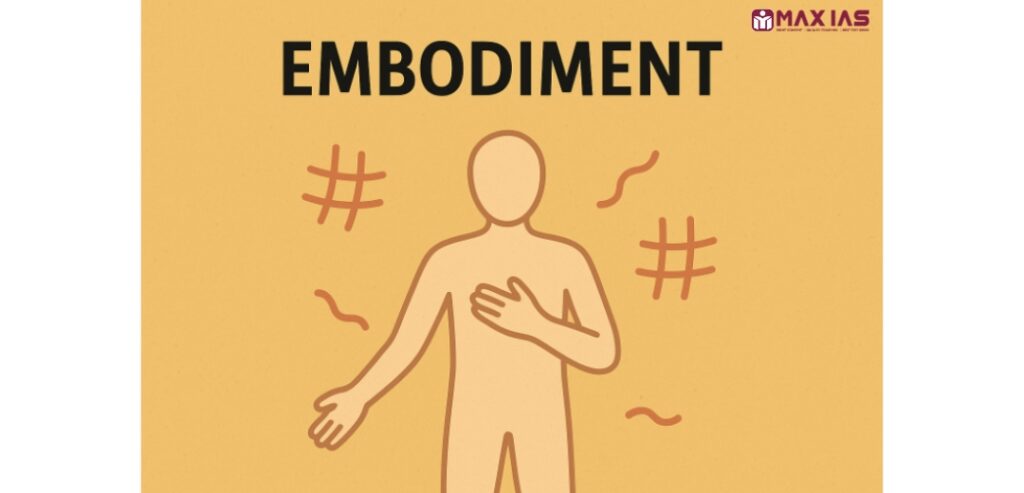Background
In the late 1980s and early 1990s, anthropology began to transition away from structuralism, which primarily concentrated on representations such as myths, symbols, and ideas. This shift was accompanied by the rise of alternative approaches, including Marxism, semantic anthropology, and phenomenology, all of which aimed to engage in more grounded discussions of reality.
As a result of these evolving debates, a new analytical framework emerged focused on embodiment. This perspective posits that bodies are not merely natural objects but are central to comprehending the realities of lived experiences.

The Emergence of Embodiment
The concept of embodiment has roots in earlier theoretical frameworks, notably those proposed by Marcel Mauss in 1935 and Pierre Bourdieu in 1977. Mauss introduced the idea of “techniques of the body,” suggesting that bodily actions such as walking, swimming, and dancing are acquired through social learning and become habitual practices.
Bourdieu expanded on these notions with his concept of habitus, which refers to the enduring dispositions that shape individuals’ perceptions and actions, thereby naturalising the social order.
The development of the embodiment framework has been significantly influenced by phenomenological thought, with philosophers like Edmund Husserl, Martin Heidegger, and Maurice Merleau-Ponty contributing to the discourse. Thomas Csordas, in works published in 1994 and 2011, advances the notion of the body as an experiencing agent rather than merely an object. This perspective challenges the traditional mind/body dualism and promotes embodiment as a methodological paradigm rather than a rigid theory.
In this view, bodies are recognised as the existential foundation of both culture and self-identity, moving away from the idea of bodies as merely passive biological entities.
Anthropological Significance
Embodiment addresses and challenges traditional dualisms such as mind and body, culture and biology, and subject and object. Rather than treating these dualities as fixed analytical categories, anthropology examines them as ethnographic realities that inform human experience.
This perspective shifts the focus from viewing “the body” as a static object to understanding it as part of dynamic processes, relationships, and environments. As a result, the anthropology of embodiment has broadened its scope to include several key areas:
Medical Anthropology: This includes the study of illness, healing practices, and the experience of pain.
Personhood and Relational Selves: Investigating how identity and social relationships shape individual experiences.
Skills, Senses, Affect, and Enskilment: Exploring how bodily skills and sensory experiences contribute to our understanding of the world.
Rethinking Biology: This involves examining concepts such as microbiomes, epigenetics, and the idea of “local biologies” to understand how biology interacts with cultural practices and individual experiences.
This comprehensive approach provides nuanced insights into the interplay between embodiment and social context, enriching the understanding of human life.
Conclusion
The concept of embodiment has introduced a focus on lived, sentient, and experiential realities within the field of anthropology. This shift has transformed the analysis from viewing the body merely as a symbolic representation to understanding it as an integral part of the lived experience in the world. Over time, the notion of embodiment has gained traction, leading to the emergence of studies examining affect, sensory experiences, and relational environments.
Importantly, the idea of a universal “human body” has been reassessed; instead, it is recognised that bodies are formed through historical, social, and environmental contexts.
Anthropology now explores how culture is embodied and embodiment is cultural.


